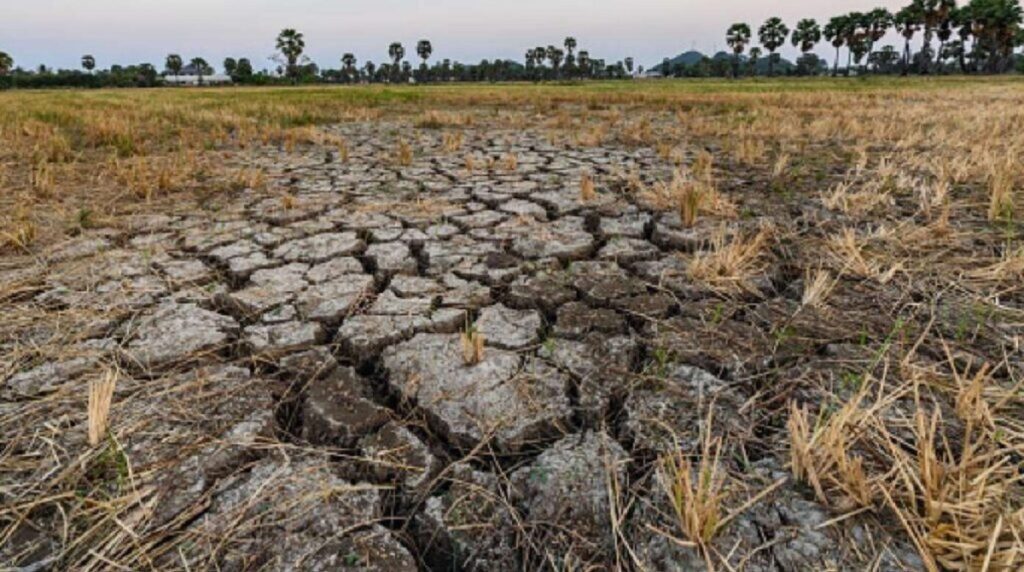Extreme weather events are becoming increasingly common across the globe. In India, the agricultural sector is especially vulnerable to these changes, with floods, erratic rainfall, and extreme heatwaves posing significant threats. These consequences of climate change are not just inconvenient but existentially threatening for farmers due to their direct impact on land degradation.
Alarming Statistics on Land Degradation and Drought
According to a 2019 report by the United Nations Convention to Combat Desertification (UNCCD), India had 30.51 million hectares of degraded land, accounting for 9.45% of the country’s total land area. Furthermore, over 120 million hectares, more than a third of India’s land area, were reported to be under drought conditions. The data also reveals that over 18% of the Indian population was exposed to land degradation, while a staggering 83.85% faced drought conditions.
Impact of Extreme Weather on Soil Health
The frequent extreme weather events exacerbate land degradation. Heavy rains, for example, erode the topsoil, particularly in the more than half of India’s farmlands that are rainfed rather than irrigated. Water erosion is responsible for 80% of the degradation in unirrigated, rainfed farmland. Similarly, heatwaves deplete soil moisture, leading to drought-like conditions and the destruction of soil biodiversity, which further reduces soil and crop health.
The Necessity of Climate-Smart Agriculture
To combat these challenges, a climate-smart approach is essential. This approach should focus on prolonging soil fertility and building resilience against extreme weather events and droughts. Key strategies include crop nutrition and protection, precision agriculture, crop rotation, and intercropping. Precision agriculture leverages data on weather conditions, soil health, and crop growth to determine the exact inputs needed, thereby using resources like water more efficiently and reducing soil strain.
Innovative Solutions and Practices
Agroforestry exemplifies how farmland and forests can coexist symbiotically. Forest trees enrich the soil and protect crops from extreme weather. Moreover, companies like UPL are developing climate-smart products for crop protection and soil health. One notable innovation is the Zeba technology, a sustainable superabsorbent product that is biodegradable. Zeba enhances the soil’s water-holding capacity, improves nutrient use efficiency, and positively affects the soil microbiome. Its adoption has led to significant benefits, including a 15-20% increase in water efficiency and substantial savings on fertilizers and irrigation costs.
The Role of Collaboration
For climate-smart practices to be most effective, collaboration among farmers, the government, and the private sector is crucial. The government should create an enabling policy environment, while the private sector can drive innovative solutions. For instance, UPL’s Zeba technology was used across 1.2 lakh acres of farmland in India in 2023, saving 72 billion litres of water and significantly reducing fertiliser and irrigation costs.
Towards a Sustainable Agricultural Future
Addressing land degradation, desertification, and drought resilience in Indian agriculture requires a multifaceted and collaborative approach. By adopting innovative climate-smart practices and fostering cooperation among stakeholders, India can build a sustainable and resilient agricultural future, ensuring food security and environmental health for generations to come.

